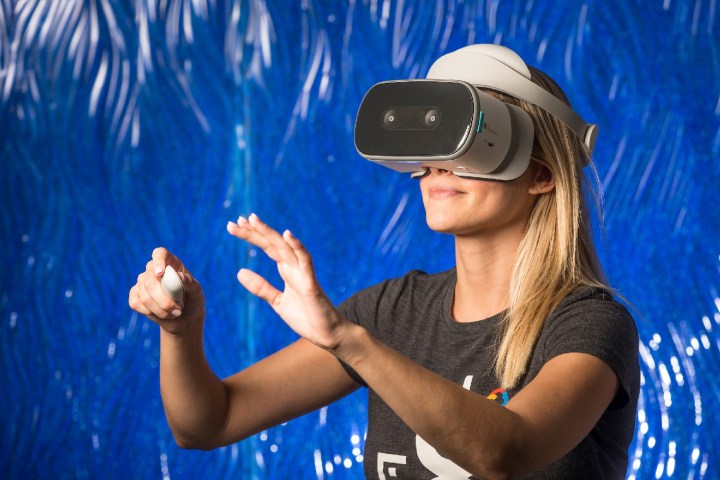
Students at Arizona State University are getting an unexpected added extra for their tuition money this semester: A virtual reality headset for the duration of their course. Building on its reputation as one of the U.S.’ most innovative schools, the decision to embrace virtual reality is proof of how VR is no longer simply a novelty for gamers, but a valuable educational tool, as well.
At present, Arizona State is targeting its VR initiative at biology students, who will use the technology to complete assignments. For one part of the curriculum, students will use virtual reality to analyze fictitious plants and animals on other planets. For another, they must work out how to build a space station without causing harm to a planet’s biodiversity. The use of VR is available to both students on campus and also those who are accessing Arizona State’s learning modules online.
“We are introducing the ability for students to access the simulations we use in the courses in virtual reality,” Philippos Savvides, manager of Learning Technologies for EdPlus at Arizona State University, told Digital Trends. “The simulations are available to all students who take BIO 181 General Biology, BIO 394 Cell and Molecular Biology, BIO 321 Ecology, and BIO 361 Animal Physiology. BIO 394, 321 and 361 are lab courses required by the fully online degree program in Biological Sciences. In addition to the browser, the simulations are available to Daydream-ready headsets and phones, and we are currently loaning the Lenovo Mirage Solo to students.”
The decision to embrace virtual reality comes about as part of a partnership with Google and VR company Labster. Arizona State has worked with both organizations for several years, although this marks the first time that VR has officially been used as a core component of the university’s classes.
“The online Biological Sciences degree is appealing to STEM degree-seeking students all over the world, and offering the lab requirements using virtual simulations is a solution that is both accessible and scalable,” Savvides continued. “Pedagogically, the simulations provide on-demand unlimited practice to experiences that are not possible in a physical space.”
If these classes prove to be a success, hopefully it won’t be long before VR is introduced to other courses. After all, from medicine to music creation to ancient history, there are plenty of virtual reality scenarios that would be great for learning. Plus the possibility of a virtual keg party or two!


